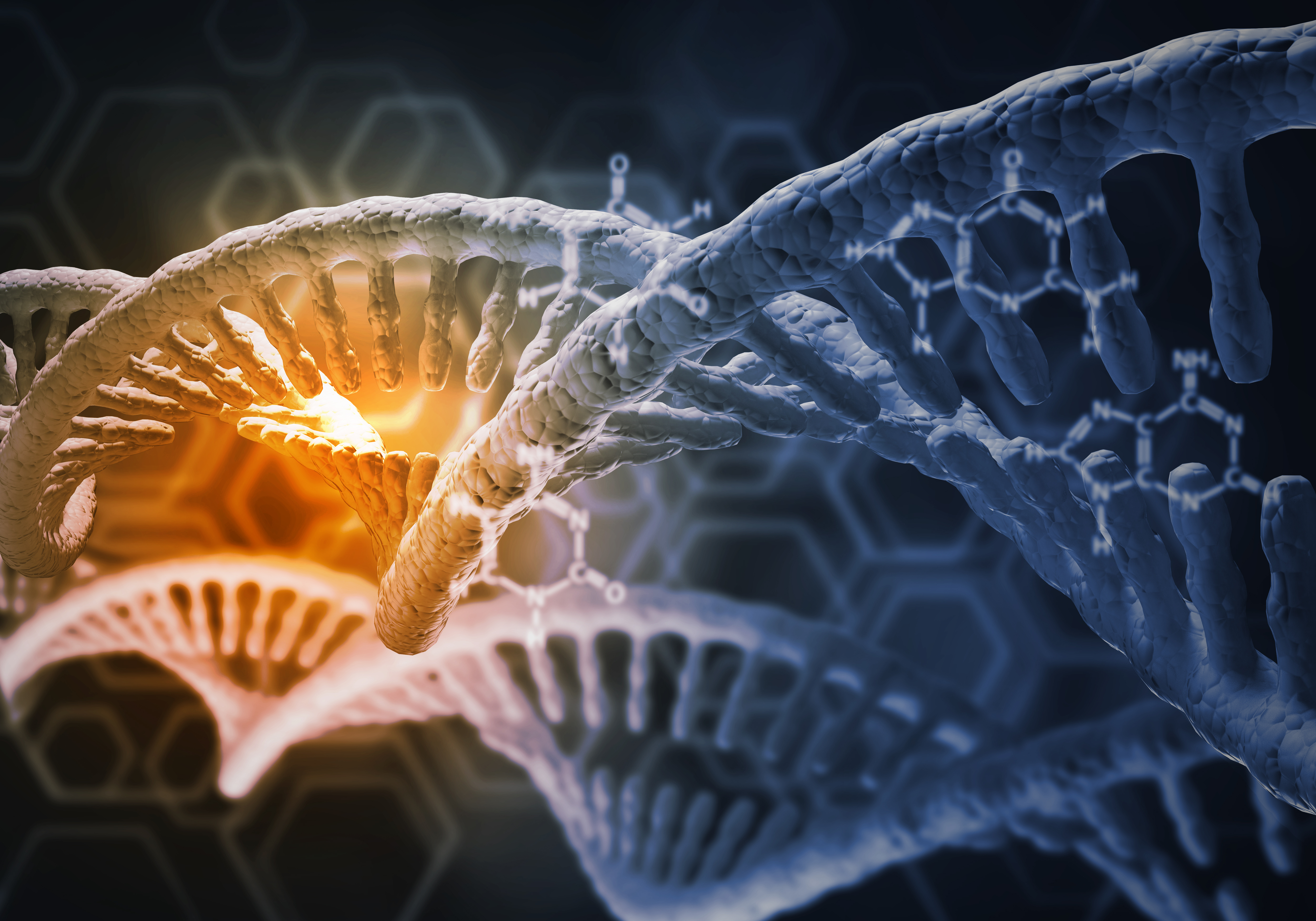DNA Methylation Patterns Before Birth and After May Help in Understanding Rett

Researchers at the Salk Institute for Biological Studies have mapped how DNA methylation — a process that controls gene expression — changes over time before and after birth in mice to better understand the underlying mechanisms of developmental disorders such as Rett syndrome.
The study, “Spatiotemporal DNA methylome dynamics of the developing mouse fetus,” was published in the journal Nature.
Most Rett cases are caused by mutations in the MECP2 gene, which codes for the protein MeCP2. This protein is found in high levels in nerve cells (neurons), and is key for nervous system development and for the formation of connections between neurons, called synapses.
The MeCP2 protein binds to forms of DNA that have been methylated — the addition of a methyl chemical group to cytosine (C), one of the building blocks of DNA. DNA regions that bind proteins such as MeCP2 are called enhancers. When enhancers are methylated, gene expression (activity) is silenced and protein production is less likely.
The patterns of enhancer methylation vary between tissue types. As DNA methylation is crucial for gene regulation and embryonic development before birth, understanding methylation patterns may provide clues to advance therapies for Rett syndrome and other developmental disorders.
Researchers at Salk and colleagues conducted a comprehensive analysis of DNA methylation changes during nine stages of development — from embryo to adult — in 12 tissues and organs from mice.
“This is the only available data set that looks at the methylation in a developing mouse over time, tissue by tissue,” Joseph Ecker, PhD, a professor at Salk and the study’s senior author, said in a press release. “It’s going to be a valuable resource to help in narrowing down the causal tissues of human developmental diseases.”
As part of the ENCODE project — a public research effort to identify all functional elements in the mouse and human genomes — the team analyzed tissue samples from three areas of the brain (forebrain, midbrain, and hindbrain) as well as from the heart, limb, kidney, liver, lung, stomach, intestine, and the neural tube, the precursor of the brain and spinal cord.
They conducted a particular type of whole-genome DNA sequencing to identify methylated regions, thereby generating 168 methylation maps (methylomes) covering most of the major organ systems and tissue types.
“The breadth of samples that we applied this technology to is what’s really key,” added Yupeng He, PhD, the study’s first author.
Results showed a loss of DNA methylation in the early stages of development, allowing more genes to be turned on as the embryo forms. In contrast, after birth, most of these sites become methylated, turning genes off.
“We think that the removal of methylation makes the whole genome more open to dynamic regulation during development,” said He. “After birth, genes critical for early development need to be more stably silenced because we don’t want them turned on in mature tissue, so that’s when methylation comes in and helps shut down the early developmental enhancers.”
In prior studies, researchers had focused on methylation near so-called CpG islands, which refer to DNA regions with a substantial number of cytosines followed by another DNA building block called guanine (G). But the team at Salk found over 90% of variations in methylation during development occur in DNA regions away from CpG islands.
“If you only look at those CpG island regions near genes, as many people do, you’ll miss a lot of the meaningful DNA changes that could be directly related to your research questions,” He said.
Another form of DNA methylation is called mCH, in which a methylated cytosine is followed by one of the other DNA building blocks: adenine (A), thymine (T), or another cytosine.
In contrast to mCG methylation, which lowered during development and increased at birth, mCH methylation accumulated at low but detectable levels throughout fetal development. At birth, mCH accumulation increased markedly, and the timing correlated with the maturation of nerve cells. Early studies have shown that mCH methylation increases the binding affinity of MeCP2.
Finally, the team investigated gene variants linked to 27 human diseases in previous studies. Some of the tissue-specific methylation patterns found in mice were associated with human disease mutations, such as those associated with schizophrenia. Such mutations were more likely to be found in gene regions with methylation changes in the forebrain during development.
These patterns may help other scientists identify which mutations should be researched concerning developmental diseases, the investigators said.
“Overall, we present, to our knowledge, the most comprehensive set of temporal fetal tissue epigenome mapping data available in terms of the number of developmental stages and tissue types investigated,” they wrote.
These data “provide a valuable resource for answering fundamental questions about gene regulation during mammalian tissue and organ development as well as the possible origins of human developmental diseases,” they added.






